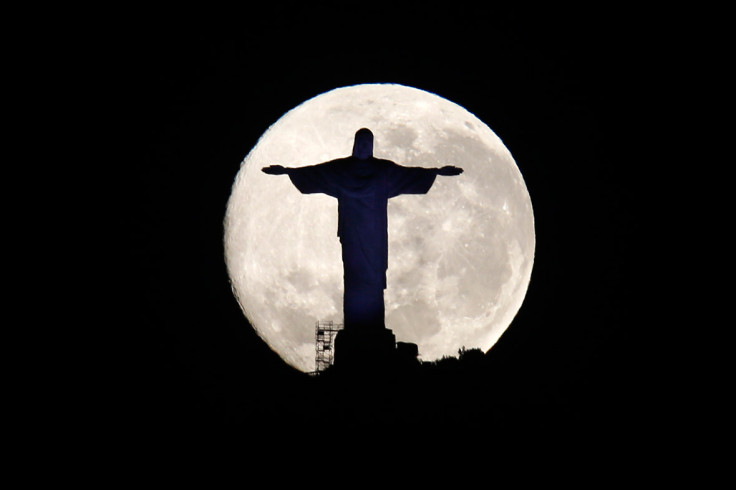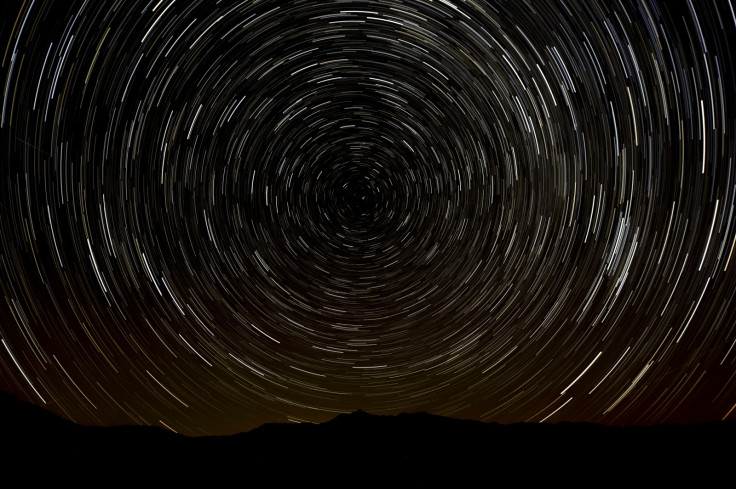August astronomical events: Perseid meteor shower, new moon and supermoon

August is set to be an exciting month for stargazers, starting with the spectacular Perseid meteor shower. One of the brightest showers of the year, up to 100 shooting stars an hour will light up the night sky around 11 August, when the shower peaks.
The Perseids are a prolific meteor shower associated with the comet Swift-Tuttle, one with an orbital period of 133. It last entered the inner solar system and neared Earth in 1992, leaving behind a trail of debris. It is named after the point it appears to originate in the constellation Perseus.
How can I see the meteor shower?
For the best chance of seeing the Perseids, find an area with little light pollution and lie flat on your back for a panoramic view of the night sky. Nasa advises to "look towards the familiar constellations Cassiopeia and Perseus in the north east", but the meteors will be visible in all parts of the sky.
The US space agency advises skywatchers to put away telescopes or binoculars: "Using either reduces the amount of sky you can see at one time, lowering the odds that you'll see anything but darkness. Instead, let your eyes hang loose and don't look in any one specific spot. Relaxed eyes will quickly zone in on any movement up above, and you'll be able to spot more meteors. Avoid looking at your cell phone or any other light. Both destroy night vision."

New moon
The new moon will emerge on 14 August. During the event, it is obscured from view and is positioned at the same side of the Earth as the sun. The low light from the moon will give astronomers a good view of the night sky. A new moon is the first phase of the moon when it orbits as seen from the Earth – the moment when the moon and the Sun have the same ecliptical longitude.
Supermoon
A supermoon is the coincidence of a full or new moon with the closest approach to Earth on its elliptical orbit. Called a "perigee moon", the event results in the moon appearing brighter and larger. The next supermoon will occur on 29 August, but the closest and largest full supermoon will fall on 28 September.
The next three full moons on 29 August, 28 September and 27 October are all supermoons because the centres of these full moons and the centre of Earth are less than 361,836km (224,834 miles) apart.
© Copyright IBTimes 2025. All rights reserved.





















